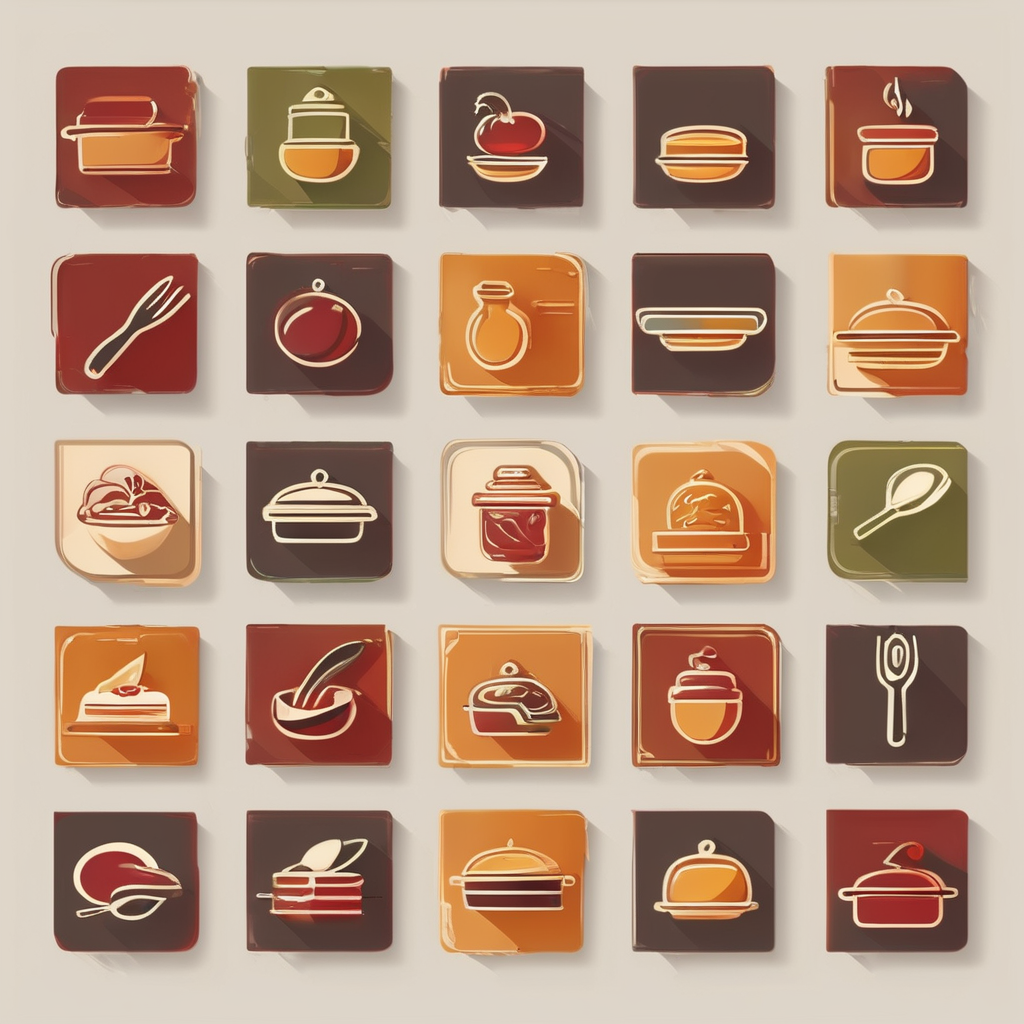Immediate actions to enhance kitchen product efficiency
Small, practical kitchen efficiency tips can bring instant improvements without major renovations. Start by adopting simple habits like turning off appliances when not in use and using lids on pots to reduce cooking time. These quick kitchen upgrades minimize wasted energy and water effortlessly.
Common appliances such as kettles, dishwashers, and refrigerators respond well to small tweaks. For example, descaling kettles regularly improves heating efficiency, while adjusting dishwasher cycles to match load sizes prevents excess water use. In the UK, many manufacturers design appliances for easy adaptation, making it simple to enhance performance without replacement.
Also to see : How Can You Extend the Longevity of Your UK Kitchen Products?
Adapting existing tools also reduces resource consumption. Using water-saving aerators on taps and fixing leaks can dramatically cut water waste. Likewise, switching to energy-saving LED lighting in kitchen workspaces complements these efforts by lowering electricity use.
Together, these immediate steps form the foundation for comprehensive UK kitchen optimisation. They offer practical, low-cost solutions that quickly reduce utility bills and environmental impact while maintaining convenience.
In the same genre : What Are the Key Factors in Choosing Eco-Friendly Kitchen Products?
Selecting kitchen appliances with UK energy efficiency in mind
Choosing kitchen appliances with a strong kitchen appliance energy rating UK is crucial for long-term savings and reduced environmental impact. The UK uses a standardized energy label system that rates appliances from A (most efficient) to G (least efficient). Understanding these labels helps consumers identify models that consume less electricity while maintaining performance. For example, a fridge rated A+++ will use significantly less energy than a lower-rated alternative, reducing running costs over time.
When choosing energy-efficient appliances, it is important to assess the appliance’s annual energy consumption stated on the label. This figure, measured in kilowatt-hours (kWh), provides a clear indication of expected electricity use. Combining this with estimated daily usage helps uk households evaluate potential savings. Additionally, energy labels often provide information regarding water consumption and noise levels when relevant.
Within the UK market, many manufacturers offer appliances designed to meet or exceed minimum UK kitchen product standards for energy use. Popular models range from fridges and freezers to dishwashers and ovens, all optimized for efficiency. Selecting such appliances is a smart step toward effective UK kitchen optimisation by minimizing utility costs and environmental footprint while maintaining convenience and performance.
Immediate actions to enhance kitchen product efficiency
Small adjustments offer remarkable benefits for UK kitchen optimisation. Begin with simple kitchen efficiency tips like adjusting appliance settings based on actual usage. For instance, setting your fridge temperature between 3°C and 5°C keeps food fresh without excess energy consumption. Similarly, shortening dishwasher cycles when possible contributes to lower electricity and water bills without sacrificing cleanliness.
Quick kitchen upgrades often involve minor hardware changes. Installing water-saving devices such as flow restrictors on taps reduces water waste significantly. Replacing standard incandescent bulbs in kitchen lighting with LED alternatives not only cuts power use but also lasts longer, lessening the need for frequent replacements.
Additionally, maintaining and adapting existing tools improves efficiency without costly investments. For example, regular cleaning of oven filters and stovetop burners prevents energy loss during cooking. Insulating hot water pipes connected to kitchen appliances also cuts heat loss, conserving both energy and water.
Together, these actions reflect practical steps for any household aiming to boost performance and sustainability. They are effective and affordable, supporting continual improvement in UK kitchen optimisation by harnessing simple changes with measurable impact.
Immediate actions to enhance kitchen product efficiency
Small, straightforward steps offer significant benefits for UK kitchen optimisation. Simple kitchen efficiency tips include adjusting appliance settings to match real use—such as lowering fridge temperatures to optimal levels or shortening dishwasher cycles—saving energy without compromising function. These practical habits deliver immediate reductions in energy and water consumption.
Quick kitchen upgrades also target common appliances with minor modifications. For instance, adding flow restrictors to taps and installing LED bulbs drastically reduce water and electricity use. These low-cost improvements multiply efficiency gains beyond everyday behaviour changes.
Adapting existing kitchen tools enhances resource conservation without hefty expense. Regular cleaning of oven filters and descaling kettles improves heat transfer and lowers energy waste. Insulating exposed hot water pipes connected to appliances reduces heat loss, contributing to ongoing savings.
Together, these measures form a cohesive and accessible approach to enhancing kitchen product efficiency. Emphasizing quick, tangible actions reinforces the foundation of sustainable UK kitchen optimisation, balancing convenience with cost-effectiveness and environmental responsibility.
Immediate actions to enhance kitchen product efficiency
Small practical changes deliver swift improvements in UK kitchen optimisation. Among effective kitchen efficiency tips is tailoring appliance use to actual needs—for example, setting fridges to the ideal temperature range (3°C to 5°C) which preserves freshness while reducing energy waste. Similarly, shortening dishwasher cycles when appropriate lowers both water and electricity consumption without compromising cleaning quality.
Quick kitchen upgrades often focus on common appliances. Installing flow restrictors on taps cuts water use effectively. Upgrading to LED lighting in kitchen workspaces reduces electricity use and maintenance frequency due to longer bulb life. These low-cost adjustments multiply energy and water savings quickly.
Adaptation of existing tools also supports resource conservation. Regular descaling of kettles and cleaning oven filters avoid heat loss, enhancing efficiency during operation. Insulating hot water pipes connected to kitchen appliances prevents unnecessary heat dissipation, further reducing energy needs.
By combining these simple measures, households reinforce efficient kitchen operation through practical actions. These kitchen efficiency tips and quick kitchen upgrades contribute significantly to continuous improvement in UK kitchen optimisation, balancing cost, convenience, and sustainability.
